Jamaican Spices: The Fiery Heartbeat of the Caribbean Kitchen
When it comes to flavor that can ignite your taste buds and transport you straight to a sun-drenched beach party, look no further than Jamaican spices. Known for their boldness, warmth, and just the right amount of fiery punch, Jamaican seasonings are more than just ingredients — they’re a lifestyle.
Table of Contents
- The Spice Legacy of Jamaica
- Essential Jamaican Spices Every Kitchen Needs
- What Makes Jamaican Seasoning So Unique?
- How to Use Jamaican Spices Like a Pro
- Jamaican vs. Other Caribbean Spices: What’s the Difference?
- Buying Guide: How to Choose Authentic Jamaican Spices
- Final Thoughts: Spice Up Your Life with Jamaican Flavors
The Spice Legacy of Jamaica
The story of Jamaican spices begins long before Bob Marley’s reggae rhythms or the island's bustling markets. It starts with the Taino people, who were the original stewards of the land, using native plants and aromatic barks to season their meals.
Fast forward through centuries of colonization, migration, and trade, and Jamaica became a melting pot of culinary traditions. African, Spanish, Indian, Chinese, and indigenous influences all contributed to the vibrant spice palette we know today.
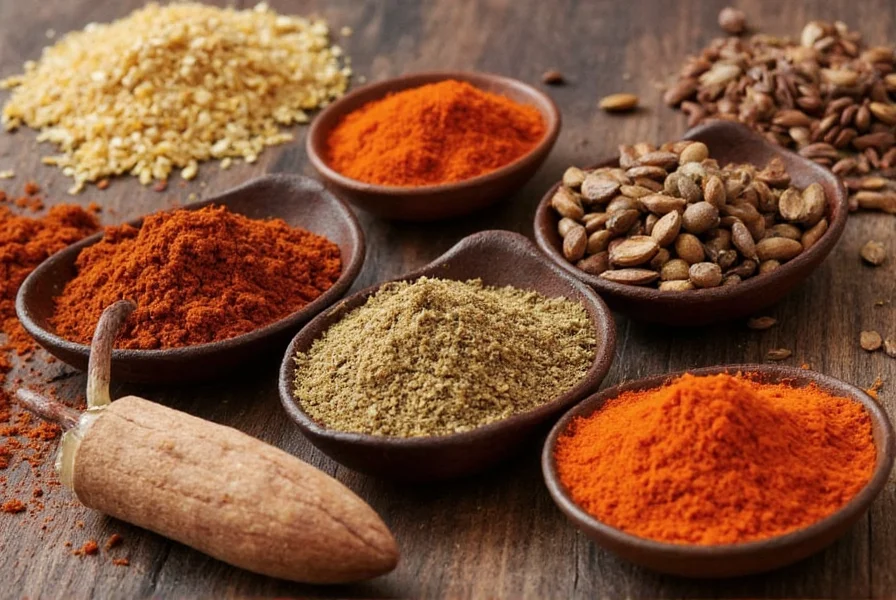
Essential Jamaican Spices Every Kitchen Needs
If you're looking to bring the soul of Jamaica into your kitchen, here are the must-have spices that define its flavor profile:
- Allspice (Pimento): Often referred to as “the king of Jamaican spices,” allspice has a complex flavor that combines notes of cinnamon, nutmeg, and clove. It’s the backbone of jerk seasoning.
- Scotch Bonnet Peppers: These aren’t just any chili peppers — they pack serious heat (about 100,000–350,000 Scoville units) and add fruity, smoky depth to dishes.
- Thyme: Fresh or dried, thyme is essential in stews, marinades, and soups. Its earthy aroma complements other robust spices perfectly.
- Garlic and Onion: A staple in many cuisines, but in Jamaica, they’re often used fresh or powdered to layer flavor in marinades and sauces.
- Ginger: Adds zing and warmth. Used fresh or grated, it’s especially popular in jerk chicken and seafood dishes.
- Black Pepper: Not as dominant as in some cuisines, but still crucial for rounding out flavors.
| Spice | Flavor Profile | Heat Level (SHU) | Common Use |
|---|---|---|---|
| Allspice | Warm, sweet, spicy | Low | Jerk seasoning, meats, rice |
| Scotch Bonnet | Fruity, smoky | 100K–350K | Salsas, jerk, hot sauces |
| Thyme | Earthy, herbal | None | Stews, grilled meats, soups |
| Garlic Powder | Pungent, savory | Low | Marinades, rubs, pastes |
| Ginger | Peppery, citrusy | Low | Seafood, desserts, drinks |
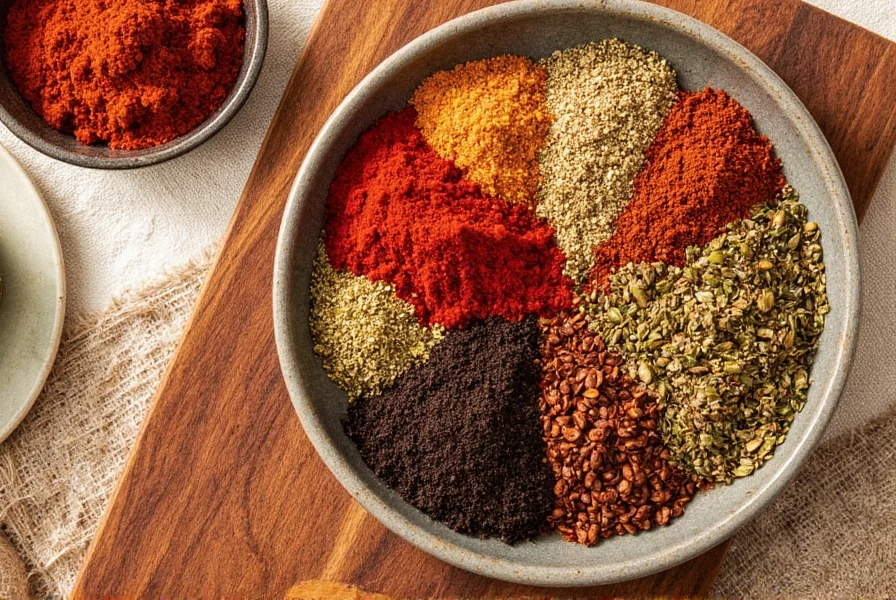
What Makes Jamaican Seasoning So Unique?
You’ve probably noticed that many cultures use similar spices — garlic, onion, thyme — but there’s something undeniably different about how they come together in Jamaican cuisine. Here’s why:
- Balance: Even the spiciest dishes have balance. Heat is never the only star; it’s always accompanied by sweetness, smoke, and herbal undertones.
- Freshness: Many Jamaicans prefer to grind or blend their own seasonings rather than rely on pre-made mixes. This ensures maximum freshness and control over flavor intensity.
- Method Matters: Whether it’s slow-smoking meat over pimento wood or marinating fish overnight, the technique enhances how the spices interact with the food.
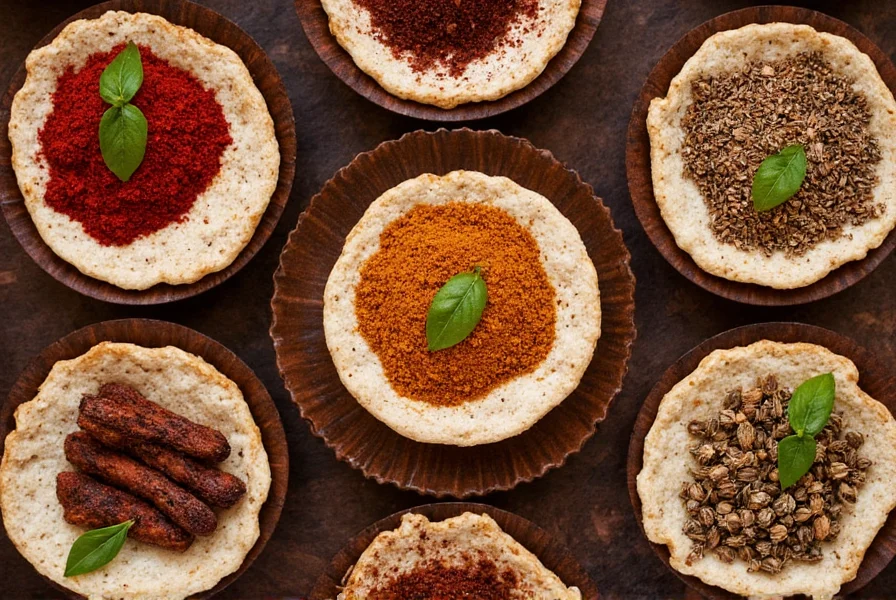
How to Use Jamaican Spices Like a Pro
Ready to jazz up your meals with a touch of Jamaica? Here are some tried-and-true tips from seasoned cooks:
- Start with a base: Most Jamaican marinades begin with a mix of oil, vinegar or lime juice, salt, garlic, onion, thyme, and scotch bonnet. From there, build with other spices.
- Rub it in: For meats like chicken, pork, or goat, rub the seasoning deep into the flesh. If time allows, let it rest in the fridge overnight.
- Grill or roast: Traditional grilling or roasting methods intensify flavor. Try using a cast iron grill pan or even an outdoor charcoal setup if possible.
- Add a splash of heat: Want to kick things up? Add finely chopped scotch bonnet to your side dishes or salsas.
- Don’t forget the sides!: Rice and peas, fried plantains, and roasted breadfruit are perfect companions for spicy mains.
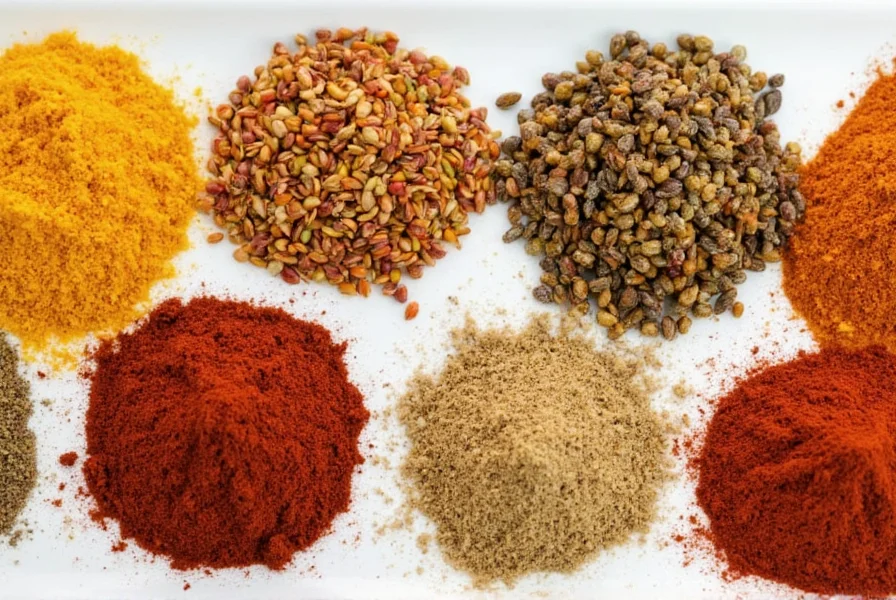
Jamaican vs. Other Caribbean Spices: What’s the Difference?
Caribbean cuisine is diverse, and while many islands share similar spices, each has its own signature twist. Let’s compare:
| Region | Signature Spices | Distinguishing Feature |
|---|---|---|
| Jamaica | Allspice, scotch bonnet, thyme | Smoky, balanced heat |
| Trinidad & Tobago | Curry powder, chadon beni (culantro), pepper sauce | Heavily influenced by Indian and East Indian culture |
| Cuba | Cumin, oregano, garlic | More Mediterranean-influenced |
| Haiti | Persil (parsley), epis (homemade paste), Scotch bonnet | French-Caribbean fusion |
So while you might find common elements across the region, Jamaican spices stand out for their distinctively smoky, aromatic character.
Buying Guide: How to Choose Authentic Jamaican Spices
With so many products labeled as “authentic” these days, it’s easy to get lost in the sea of options. Here’s what to look for when shopping for real Jamaican spices:
- Allspice Berries vs. Ground Allspice: Whole allspice berries last longer and retain more flavor. Grind them yourself when needed.
- Real Scotch Bonnet: Avoid generic “hot peppers” — look for products that specifically name Scotch Bonnet. Frozen or dried versions are best for authenticity.
- Check the Label: If you're buying premixed jerk seasoning, check for additives like MSG, preservatives, or artificial colors. Real ones will have minimal ingredients.
- Where to Buy: Ethnic markets, specialty stores, or online retailers that specialize in Caribbean ingredients are your best bet.
- Brand Spotlight:
| Product | Description | Best For | Occasion |
|---|---|---|---|
| Busha Browne’s Jerk Seasoning | Authentic blend with allspice, garlic, thyme, and pepper | Quick marinades, backyard grilling | Weekend cookouts, parties |
| Walkerswood Jamaican Jerk Marinade | Ready-to-use liquid seasoning with real Scotch Bonnet | Busy cooks, beginners | Weeknight dinners, meal prep |
| Spicetopia Whole Allspice Berries | Natural, organic, freshly packed | Cooking enthusiasts, DIY spice mixers | Homemade recipes, gourmet gifts |
| Grace Jerk Seasoning | Mild and family-friendly | Kids, spice-sensitive eaters | Family dinners, school lunches |
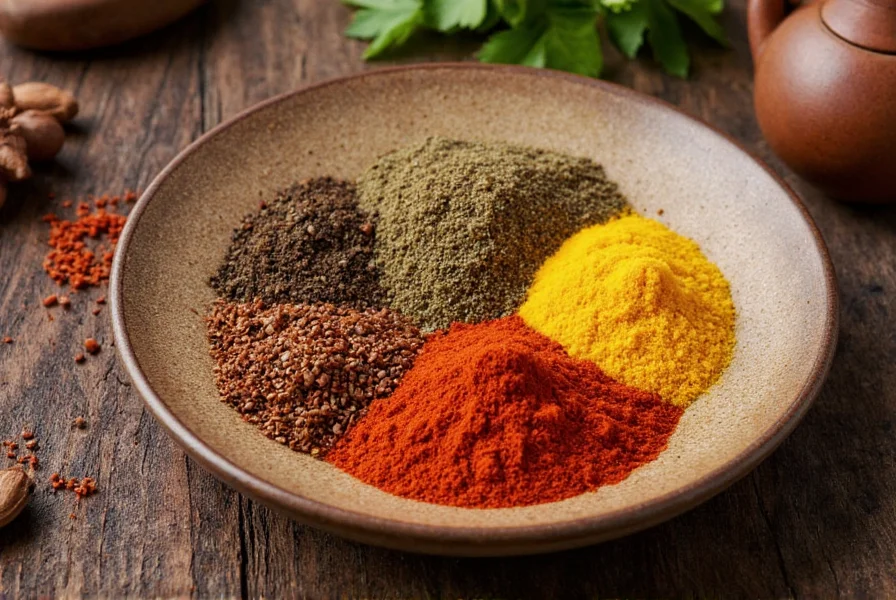
Final Thoughts: Spice Up Your Life with Jamaican Flavors
Whether you're new to Jamaican cuisine or a seasoned chef, one thing is certain: the magic lies in the spices. They offer not just flavor, but history, culture, and a little bit of sunshine on every plate.
So go ahead — open your spice cabinet, grab those allspice berries, crush a scotch bonnet or two, and start cooking with the rhythm of Jamaica in mind. You might just find your next favorite dish was hiding in plain sight all along.










 浙公网安备
33010002000092号
浙公网安备
33010002000092号 浙B2-20120091-4
浙B2-20120091-4